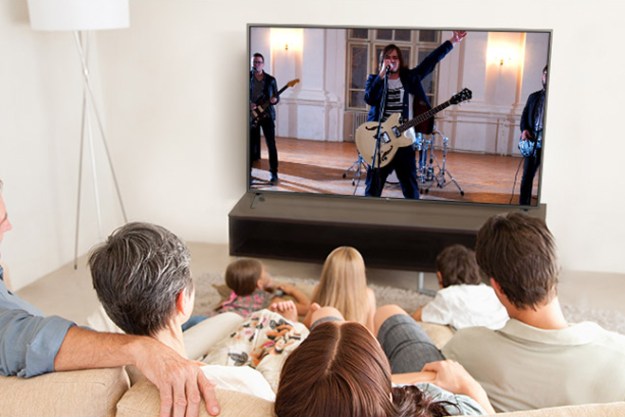
A newcomer to the market for home entertainment products launched a unique iPod dock as one of its initial offerings on Wednesday. Bexy’s iMirror Wireless Remote Control Docking Station allows users to dock their iPod with a home stereo system, then control it from afar with a remote that actually displays the iPod’s content data onscreen.
The iMirror works by loading all of the iPod’s title information into the remote as soon as it has been docked. After syncing, users can browse the contents of their iPods on the remote’s LCD screen, and queue up songs from up to 150 feet away. Although hooking an iMirror up for music is its most obvious use, it can also display slideshows or movies on a TV with its S-video or RCA video output.
When the iMirror isn’t in use, the remote can be returned to its cradle in the black and white base station to recharge its lithium-ion battery. Users’ iPods will also charge when left in the iMirror.
The iMirror is available immediately from Bexy’s Web site for $149.99.
Editors' Recommendations
- Best AirPods Pro deals: Get Apple’s flagship earbuds for $122
- How to reset Apple AirPods and AirPods Pro
- Best Apple deals: Save on AirPods, Apple Watch, iPad, MacBook
- How to connect Bose headphones to an iPhone
- YouTube TV just got even better on iPhones and iPads


